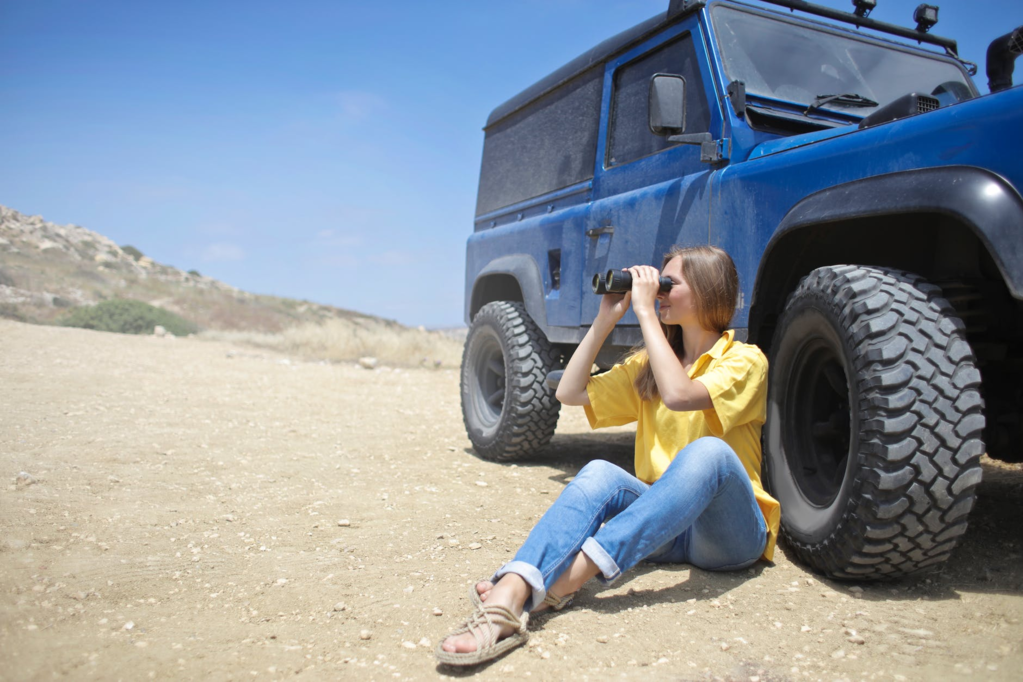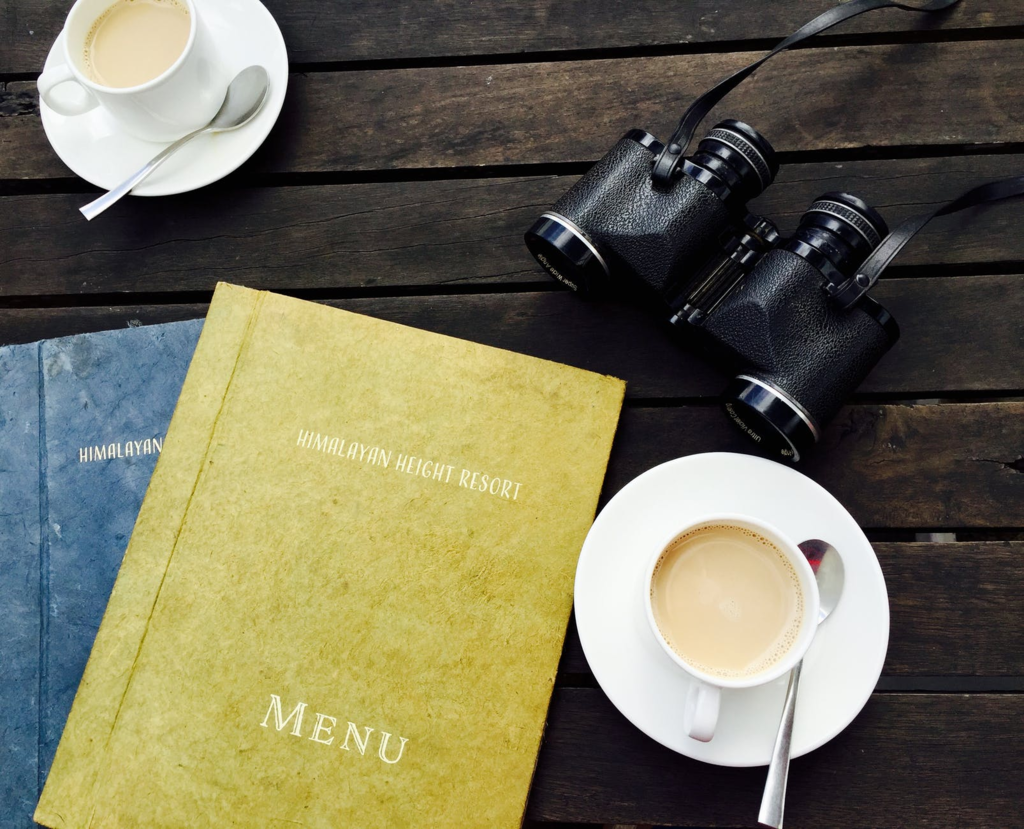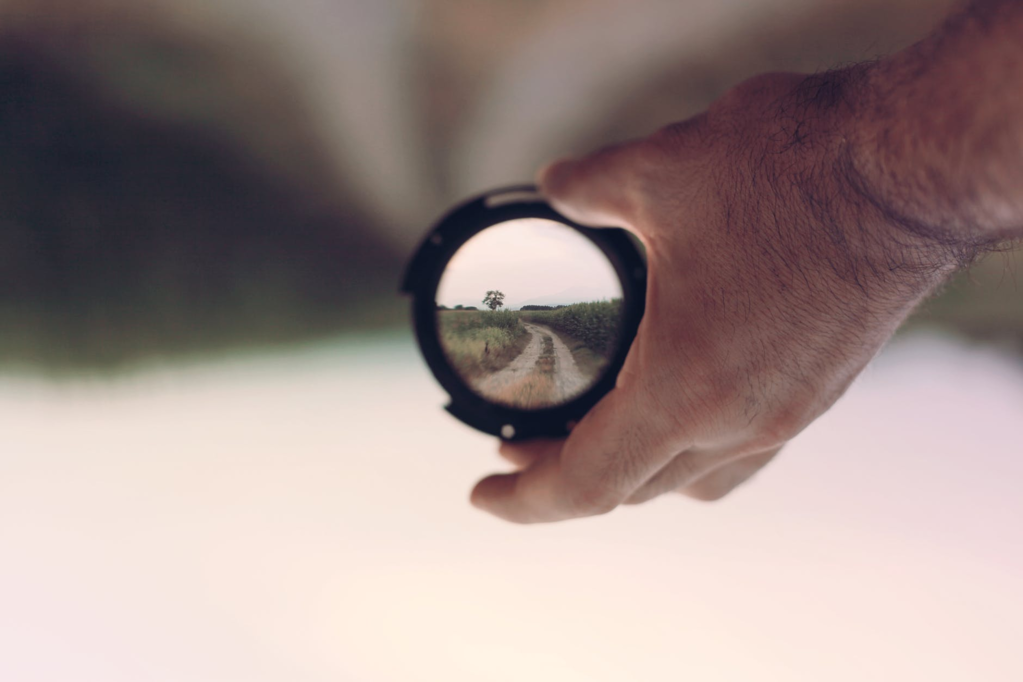 Source: Pexels
Source: Pexels
What to Focus on When Buying Binoculars
Binoculars should be as common as milk and cookies. That’s right. Every household should have a stylish pair or two dangling from racks. These beauties should be taken to vineyards and fisheries and parks and swooped around the necks of tourists. Binoculars—simply two telescopes mounted side by side—are amazing.
Firstly, they’re great for scouting. Yes. Scouting out locations—for new adventures, for fashion shoots, for house hunting, for whatever—is a fabulous use for binoculars. Finding out where you’re going and how you’re going to get close to your subject is essential. Whether you’re looking at the land or watching the stars, you’ll need to focus, and you’ll need a close-up.
Secondly, if you’re working in the field and waiting on location to snap pictures, you’ll want to whip out your binoculars and catch the unexpected. Just imagine it. If you can pick off your subject when it’s 100 meters away and watch it come closer, you’ll be ready to nail the shot at the moment. The scene will be picture-perfect, and that’s important when you’re working out in the field.
And while you’re at it, watch some blue jays or gannets or magpies. Yes. Binoculars are brilliant for that, too. You now have a great pair of binoculars that allow you to see the subtle details of wildlife. There are feather patterns and gorgeous wingspans and all that wonderful stuff. Yes. Sometimes, you just want to head down to your local nature reserve, sit back, relax, grab a coffee and just enjoy watching some wildlife.
As someone who’s very much a wildlife enthusiast, my binoculars are always the first thing I reach for in my kit. But when comes to buying a good pair of binoculars, where do you start? Well, the choices are endless but here are a few tried-and-true tips.
Compact

Source: Pexels
Binoculars should be compact. They should be small enough for you to handle with ease. They should have excellent optics and be sturdy enough for rugged use in the field. You’ll find that these three things are super important. Big binoculars, as much as their larger lenses allow for better optics, are a bit heavy and cumbersome to lug around. When you’re already carrying a load of gear, a smaller set is what you’ll be after. So, whether testing in-store or in the comfort of your homes, take a moment to handle the product. See how it feels. Ask yourself: Do they tick all the boxes?
Simple
 Source: Pexels
Source: Pexels
Before making a final purchase, look at the outside of the binoculars. Are they suave and slender? Sleek and beautiful? Rad and rustic? You’ll want to consider the aesthetics—how the binoculars look. Personally, I think binoculars should a really simple design. I like ones that feel smooth and have a lovely rubberized outside. If the backside has little thumb indents, that’s a bonus because it’ll provide a comfortable hold. A single hinge design is something I tend to recommend as well. Nowadays, a lot of compact binoculars have a double hinge, which tends to be floppy—and that can be annoying.
Ideally, you’ll want binoculars that hold a really good shape. When you wrap your hands around them, they should have a comfortable grip. My hands are medium-sized, and for the pair, I have here at home, my finger rests straight over the focus ring—and that’s exactly where I want it to be. It should be nice to hold in the hand. Mine is waterproof, which makes them dependable for working long hours outdoors.
Well-organized
Every pair of binoculars has at least three parts: the objective lens, the eyepieces, and the strap. There are additional parts, but here’s a quick rundown to give you a more solid grip.
Each objective lens has a certain amount of power—a strength of magnification. The knob that controls this power is called the diopter adjustment. Yes. Diopters are magnifiers. And you’ll want to check out the location of the diopter on your binoculars. Is it along the right-hand side of the upper eyepiece? If so, it’s a typical place for it. But I’m not thrilled about it because you’re holding your binoculars—your finger knocks it, and then suddenly they’re off-kilter and aren’t in focus. The more expensive binoculars tend to place the diopter in the inner center as a kind of focus knob. This way you’ll not easily knock it. You can set it once, and then you’re ready to go.
And if you’re unused to setting up binoculars, don’t fret. Basically, what you’re going to do is pull the caps down and look through them. You’re going to close your right eye, focusing everything up until your left eye sees something super sharp in focus. Next, close your left eye, look from your right eye and then using the wheel—the focus ring—you’re going to push in and turn until you get a pin-sharp view. Then, when you look back through it, they’ll be crystal-clear, ideally with phenomenal optics.
Now additionally, you’ll look for binoculars with great eyepieces. On some of the sleeker designs, the eyepieces just pull up and click into place—and they don’t go down. With so many cheaper binoculars, they’ll just sink. They’ll kind of go down halfway; you’ll you get one up and one half down. But you’ll want eyepieces that not only look nice but also stay in position. The whole construction should feel superb.
And what about the strap? Does it have little lugs on the side? Binoculars with a smooth detachable strap are cool. I really like this type of design because it’s easy to pull off and easy to maneuver and handle. On my pair, I simply push it down, get it into position, and then just turn it to the side—then it’s locked in place. Super easy system. And it makes the product look more elegant, taking up less space on the side. “Holy Mackerel,” you’ll say.
All these little improvements might not seem like much but when you use your binoculars for hours and hours at a time, they really do make some big differences. In terms of what you’ll get with any purchase of binoculars, you can buy them in a variety of magnifications—but I’ll narrow them down here. Consider the 10 by 40s, which I have, or the 8 by 30s.
Crystal-clear

Source: Pexels
Personally, I would probably recommend the 8 by 40s. The 10 by 40s are great—if you want to pick out details and you’re more of a birdwatcher. But for me, the 8 by 30s have all the benefits of enjoyment. You’ll get a much more stable view with eight times because you’ve got less magnification. Plus, you’ll get better low-light performance and, because you’ve got that reduced magnification, I just find that this strength level gets me a little bit closer in terms of what I might get from my camera—and I find that handy. And so as much as 10 by 40s are wonderful, I will go for the 8 by 30s when I buy binoculars.
Now in terms of the optics, you want pristine quality. You’ll want to take them out early in the morning and late at night and see if they wow you. Test them in different settings. Though I’m used to using a pair of 42 mL binoculars with highly superior image quality, the 30 mL objective lens blew me away—because it typically doesn’t produce a great low-light performance. Yet on my pair, the clarity was excellent. Yes. You’ll want to look for optical quality and ask yourself: Is the sharpness brilliant? Is the clarity brilliant?
Lightweight
Weight matters. Not only are we looking for binoculars that are smaller and more compact, we’re looking binoculars that are lighter in weight. My pair only weighs about 14 ounces. And when the heft of your overall field gear is packed, having binoculars that are smaller and lighter is a really welcomed treat. They’re a better investment and offer stunning value.
Binoculars rock. Never again will you say, “Oh, binoculars are just too bulky for me, they’re just way too heavy.” Never again will you reserve them simply for the birds. You’ve got so much to see up-close: fireworks, skyscrapers, roller-coasters, the high wire act at the circus! Yes.
Happy Focusing!
